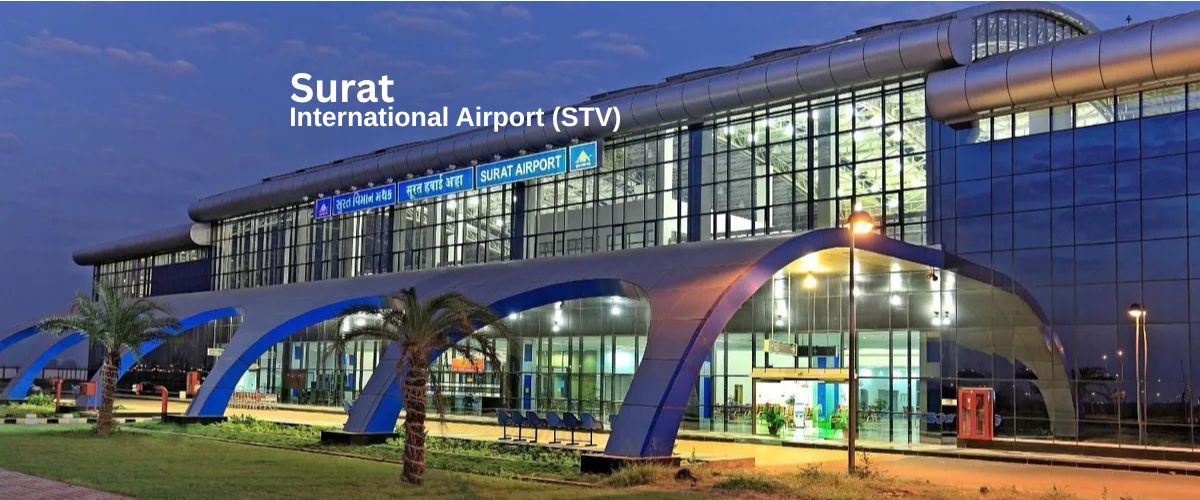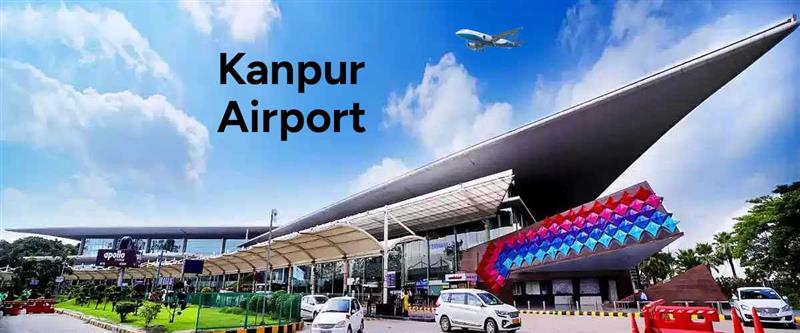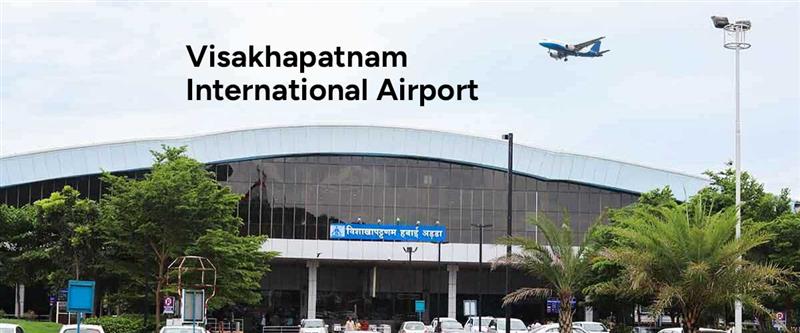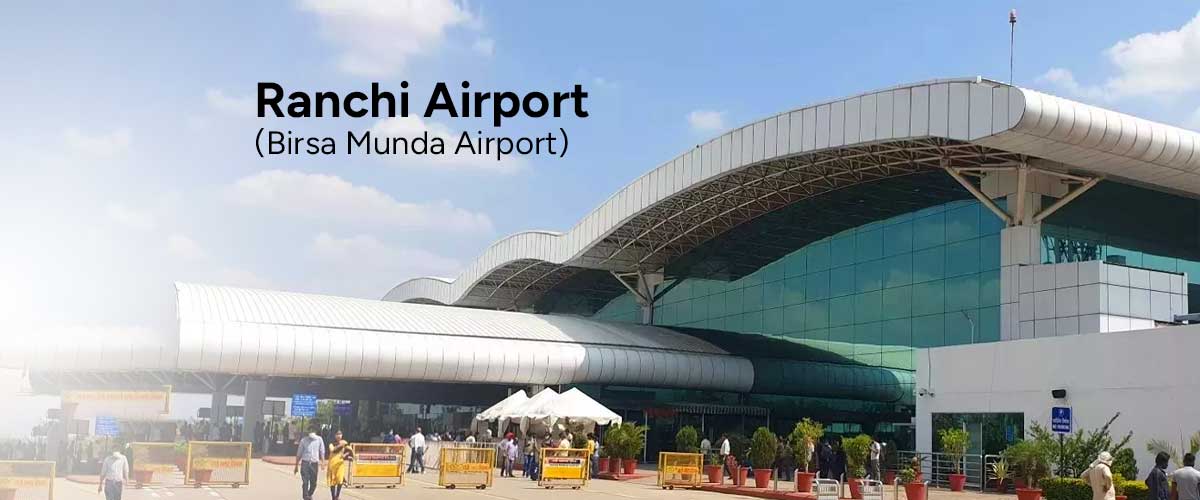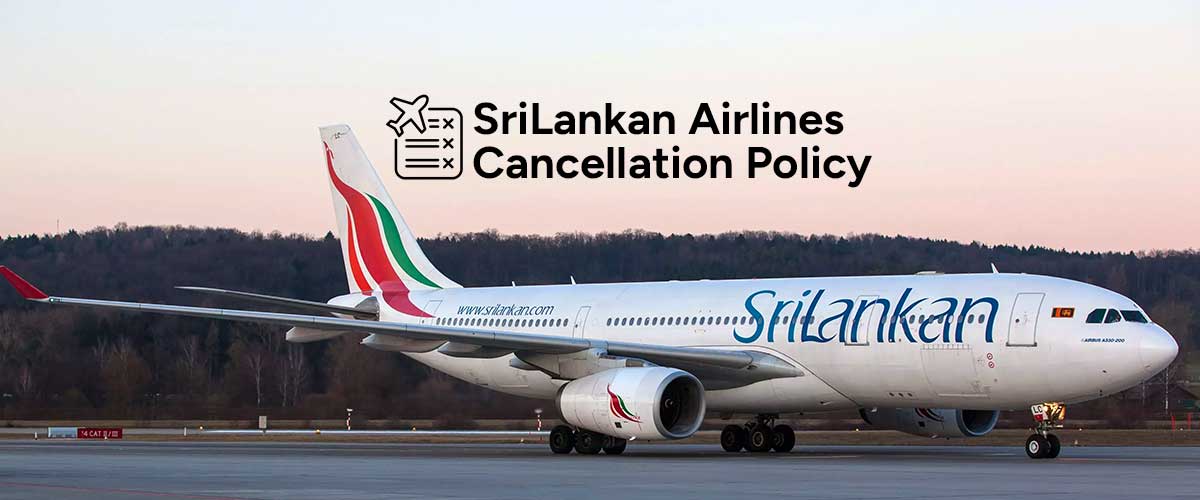Air travel in the National Capital Region is on the brink of a transformation with the upcoming Jewar International Airport, destined to become one of northern India’s key aviation hubs. Situated in Jewar, Gautam Buddha Nagar district, Uttar Pradesh, this ambitious project also known as Noida International Airport is being developed to accommodate the growing number of passengers from Delhi NCR and surrounding cities.
Combining modern design, local cultural influences and cutting-edge facilities, the airport aims to redefine the flying experience in India.
More than just an infrastructure project, Jewar Airport is set to enhance connectivity, stimulate regional growth and provide a seamless and comfortable journey for travellers across the NCR.
Airport Name: Officially named Jewar International Airport, it is also popularly referred to as Noida International Airport as it reflecting its strategic location serving both Noida and Greater Noida. This dual identity highlights its role as a regional gateway and a future international hub
Location: Strategically positioned in Jewar, Gautam Buddha Nagar District, Uttar Pradesh, the airport lies within close proximity to Noida, Greater Noida and other major urban centres of the NCR. Its location ensures easy connectivity to cities like Agra, Aligarh and Faridabad while reducing congestion at existing airports in Delhi
IATA Code: The airport has been assigned the DXN code, officially recognised by the International Air Transport Association (IATA), ensuring smooth global identification for airlines and passengers
Ownership: The airport is owned by Noida International Airport Limited (NIAL), a government-backed entity tasked with overseeing its development, regulatory approvals and strategic management
Operator: Daily operations and management will be handled by Yamuna International Airport Private Limited (YIAPL), ensuring that the airport meets international standards for passenger services, safety and operational efficiency
Current Status: As of now, the airport is under construction, with significant progress made on the terminal structure, runways and airside infrastructure. The development includes state-of-the-art navigation systems, cargo facilities and eco-conscious designs
Project Cost: The total investment for the project is Rs. 29,650 Crore, reflecting one of the most significant aviation developments in India. This large-scale investment underscores the airport’s potential to transform the region’s economy and travel landscape
Total Area: Spanning 1,334 hectares, the airport is being developed on a greenfield site, allowing planners to design a futuristic layout that accommodates growth, integrates natural landscapes and ensures efficient passenger movement
Planned Runways: A total of six runways are planned in the long-term development which will enable simultaneous take-offs and landings, positioning Jewar as India’s largest and one of the world’s most capable airports in terms of airside efficiency
Runway Length: Each runway will span 4 kilometres, making it suitable for the largest commercial aircraft, including wide-body and long-haul flights.
Jewar International Airport is famous for its amazing design. It was created by Nordic Office of Architecture, Grimshaw, Haptic Architects and STUP Consultants. The terminal combines modern features with traditional Indian style. It lets in natural light, fresh air and has easy-to-follow pathways, inspired by northern Indian buildings.
The terminal has a white roof that flows like a river, filling the spaces with sunlight. The front steps rise like the sacred ghats of Varanasi and Haridwar, giving a calm, welcoming feeling. A central courtyard brings in sunlight and fresh air, while patterned screens (jaali) provide shade, privacy and framed views of indoor plants.
The airport is easy to move around. Arrivals, departures and baggage areas are clearly marked. Wide corridors, tall ceilings and seating areas with plants prevent crowding. Travellers can move smoothly while enjoying the beauty of the space.
Cultural touches are part of the design, not just decoration. Roofs reflect rivers, screens show traditional patterns, and steps and courtyards are inspired by old havelis and riverfront ghats. Every design choice is useful and meaningful.
The journey of Jewar International Airport has gone through many important steps and challenges. It was first planned in 2001 as the Taj International Aviation Hub. The project needed several approvals and land purchases before construction could start. The timeline below shows the main phases of its development
Construction is almost complete, around 80–90% done. The runways and airport facilities are nearly ready, while the terminal inside and the roof are still being finished. A test flight was done with an Indigo A320 to check navigation and air traffic systems, making sure everything works before regular flights start.
Phase I of Jewar International Airport features a single terminal and runway, designed to handle 12 million passengers annually. The master plan outlines a phased expansion to eventually include four terminals and six runways, capable of accommodating 300 million passengers per year.
The airport is designed to keep passengers moving smoothly, with walkways and facilities arranged in straight paths. In future phases, cargo areas, extra taxiways, quick exit routes and bigger terminals will be added, making sure the airport can grow and handle more flights easily.
Accessibility is a core pillar of Jewar International Airport. It will connect multiple NCR cities, enhancing travel convenience for millions. Key connections include
Road: Delhi-Ghaziabad-Meerut Expressway, Ghaziabad-Aligarh Expressway (NH34), Yamuna Expressway, Delhi-Mumbai Expressway link
Metro & RRTS: Noida Metro via Greater Noida route; Delhi Metro through Faridabad-Ballabgarh-Jewar route; RRTS corridor from Ghaziabad to Jewar Airport (72 km, 37–72 minutes travel times)
Monorail & Pod Taxi: Monorail link to Delhi under planning; India’s first pod taxi to connect Noida Film City with the airport (14.5 km, 12 stations)
These connections will make travel to and from the airport efficient and seamless, reinforcing its position as a regional transport hub.
Phase 1: Domestic flights will start flying from December 2025 with limited daytime schedules
Phase 2: This operations expand to 24 hours after initial stabilisation
Phase 3: International flights are planned for the first half of 2026, following ORAT (Operational Readiness and Airport Transfer) procedures
This methodical, phased approach ensures safety, reliability and smooth adaptation for airlines and passengers alike. Indigo Airlines has been designated as the launch carrier, bridging the airport with Delhi’s IGI Airport and beyond.
The development of Jewar International Airport has catalysed growth in nearby residential and commercial sectors. Key localities include
Sector 22D, Yamuna Expressway: Mixed-use development, metro access, healthcare and educational amenities. Prices start from INR 8,100 per square foot
Sector 150, Noida: Premium residential zone with connectivity to expressways, stadiums and industrial parks. Prices start from INR 8,900 per square foot; rentals begin at INR 16 per square foot
Commercial opportunities and plots are also growing, with investments expected to appreciate as the airport nears operational readiness. The YEIDA Aerotropolis plan further promises dynamic commercial, logistics and recreational hubs in the vicinity.
Noida International Airport’s development demonstrates a strong commitment to social responsibility through a thoughtfully designed Rehabilitation and Resettlement (R&R) plan for phases three and four . This plan involves the acquisition of approx 1,857 hectares across 14 villages which are impacting around 16,000 families
Key provisions of this initiative include
Jewar International Airport is set to change air travel in the National Capital Region with its impressive design, modern facilities, and careful expansion plans. Passengers will enjoy a smooth experience inspired by local culture, while the region gains better connections and infrastructure.
Phase I will start in December 2025 with one terminal and a single runway. Domestic flights will begin first, followed by international flights in early 2026.
The airport promises comfort and efficiency, making travel easy from check-in to boarding. You can plan flights and compare fares through Flightsmojo.
1. What is the official name of Jewar International Airport?
The airport is officially named Jewar International Airport, also known as Noida International Airport.
2. Where is Jewar International Airport located?
It is located in Jewar, Gautam Buddha Nagar district, Uttar Pradesh, approximately 60 km from Noida and 72 km from Delhi.
3. When will the first phase of the airport open for domestic flights?
Phase I is expected to start operations in December 2025.
4. When will international flights commence?
International operations are planned in the first half of 2026, after domestic services are stabilised.
5. How many terminals and runways will the airport have eventually?
The airport will eventually feature four terminals and six runways, making it one of India’s largest aviation hubs.
6. Are there dedicated lounges and rest areas for passengers?
Yes, the airport will have VIP and business lounges, landscaped seating zones, and quiet areas for passenger comfort.
7. Will there be Wi-Fi and charging stations inside the terminal?
Yes, free Wi-Fi and multiple charging points will be available throughout the passenger areas.
8. Are there prayer rooms or meditation spaces?
Yes, prayer rooms and quiet spaces are included for passengers who need them.
9. How can passengers reach Jewar Airport from Delhi or Noida?
The airport is accessible via Yamuna Expressway, Delhi-Ghaziabad-Meerut Expressway, planned RRTS metro, and future monorail connections.
10. Will there be parking facilities and taxis available?
Yes, the airport will have multi-level parking, local taxis, and app-based ride-hailing services.

